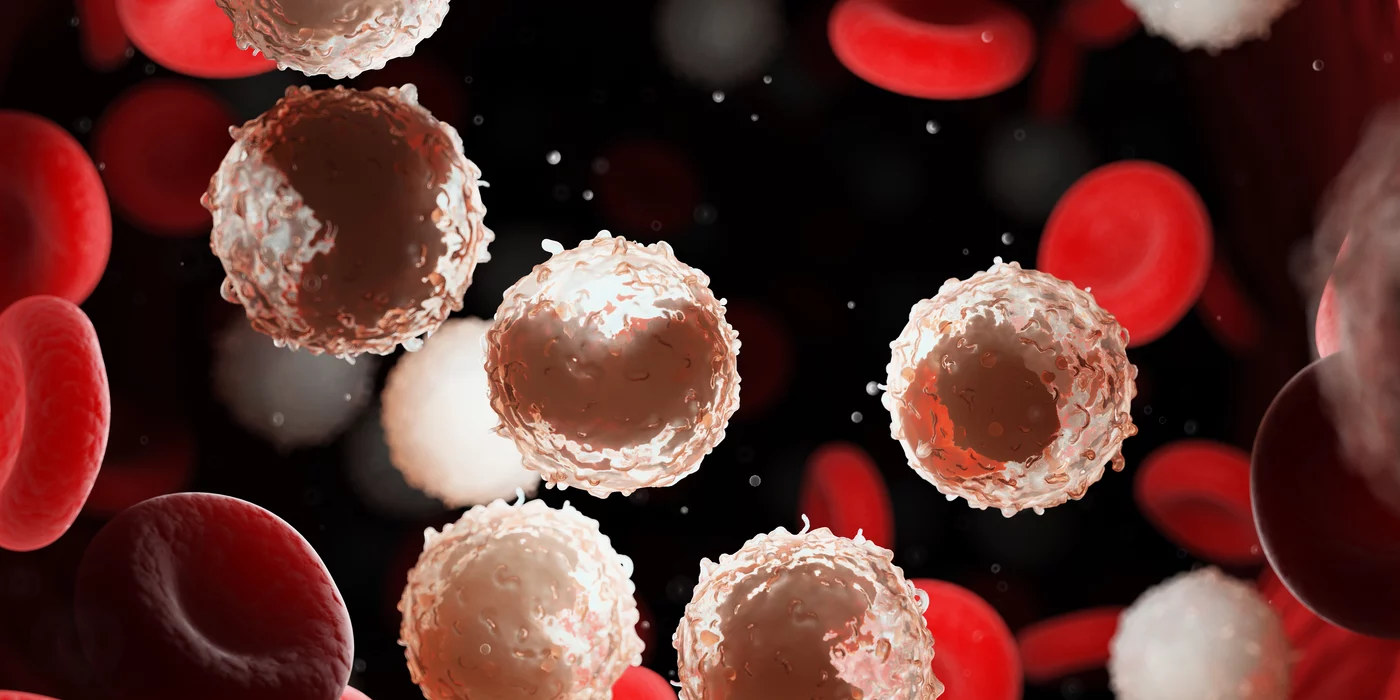Proteogenomics identifies novel acute myeloid leukemia subtypes

Researchers at the MPI of Biochemistry, together with collaborating partners, have discovered the first proteomic subtype of an aggressive blood cancer known as acute myeloid leukemia by using mass spectrometry technology.
In order to better treat patients diagnosed with acute myeloid leukemia (AML), the pathological processes and also existing subtypes of the disease must be better understood. With the help of proteome and genome analysis, researchers at the Max Planck Institute (MPI) of Biochemistry in Martinsried, together with cooperation partners from the University Hospital in Frankfurt am Main, have discovered a new subtype. This subgroup contains elevated levels of mitochondrial proteins and thus has altered mitochondrial metabolism. These so-called mito-AML cells can be combated more effectively in laboratory experiments with the help of inhibitors against mitochondrial respiration than with conventional chemotherapeutic agents. The study was published in Cancer Cell.
Identification of molecular AML subtypes
Acute myeloid leukemia (AML) is an aggressive cancer originating from blood cells. When immature blood cells in the bone marrow acquire certain aberrations in their genome they become malignant and overgrow the bone marrow, the place where normally blood cells are produced. As a consequence, normal blood cells are suppressed by the leukemia cells and this leads to infections, bleeding and ultimately death of patients. Most patients diagnosed with AML undergo chemotherapy. In the last decades genomic studies identified molecular subtypes of the disease thereby opening up a perspective for personalized therapeutic approaches in AML. As a result, Clinicians and researchers now distinguish different genomic AML subtypes and for some of them they now even use specific therapeutics. These discoveries have certainly revolutionized the molecular understanding of the disease. However, despite this progress, prognosis for AML remains poor, highlighting the strong medical need for a deeper understanding of AML pathophysiology and for further innovative and more efficient therapies.
